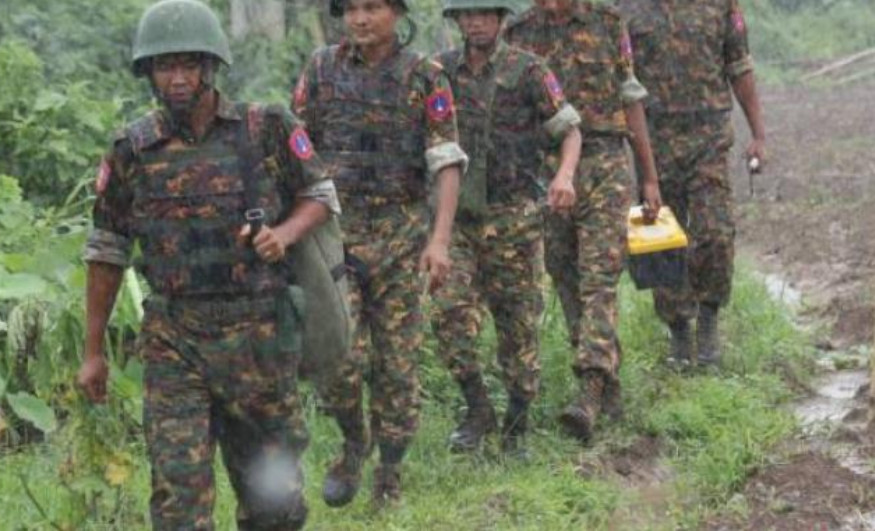
Agriculture and farming have always been vital to human survival, but with technological advancements, GPS plays a crucial role in improving efficiency and productivity.
One surprising application of GPS in agriculture is precision farming. Farmers can now use GPS-enabled tractors and machinery to navigate their fields precisely, ensuring accurate planting and fertilisation. This saves time and reduces waste by targeting specific areas that require attention.







GPS also enables farmers to monitor soil moisture levels remotely using sensors connected to satellites. This data helps them make informed irrigation decisions, leading to optimal water usage and healthier crops.
Livestock management has also benefited from GPS technology. Ranchers can track the location of their animals using GPS collars or ear tags, allowing them to optimise grazing patterns and prevent loss by quickly locating any straying livestock.
Furthermore, drones equipped with GPS are being used for aerial surveillance of crops. They can identify areas affected by pests or diseases early on, enabling farmers to take immediate action before significant damage occurs.
In addition, precise mapping provided by GPS allows farmers to analyse field conditions such as slope and elevation differences accurately. This information aids in planning crop rotations and optimising field layouts for maximum yield potential.
With these innovative applications of GPS technology in agriculture and farming, it’s clear that it plays a fundamental role in revolutionising the industry. By harnessing the power of satellite navigation systems, farmers can increase productivity while reducing environmental impact—a win-win situation for producers and consumers alike!
Wildlife Conservation
The use of GPS technology in wildlife conservation has revolutionised the way we monitor and protect endangered species. By tracking animal movements, researchers can gain valuable insights into their behaviour, habitat preferences, and migration patterns.
Previously, studying wildlife meant physically following animals or relying on unreliable manual data collection methods. But with GPS trackers attached to collars or tags, scientists can remotely monitor animals’ locations in real-time.
This information is crucial for understanding how ecosystems function and identifying areas that need protection. For example, by tracking the movements of elephants in Africa using GPS devices, conservationists can identify key migratory corridors and establish protected areas along these routes.
GPS technology also helps combat illegal activities such as poaching. By monitoring the movements of critically endangered species like rhinos or tigers through GPS tracking devices, authorities can respond quickly to any suspicious activity within protected areas.
Furthermore, GPS-enabled drones are being used to survey remote regions and collect data on wildlife populations more efficiently than ever. These aerial surveys provide essential information about population sizes and distribution patterns without disturbing fragile ecosystems.
Integrating GPS technology into wildlife conservation efforts has dramatically enhanced our ability to understand and protect vulnerable species. With continued advancements in this field, we hope to see even more significant successes in preserving biodiversity for future generations.

Leave a Reply